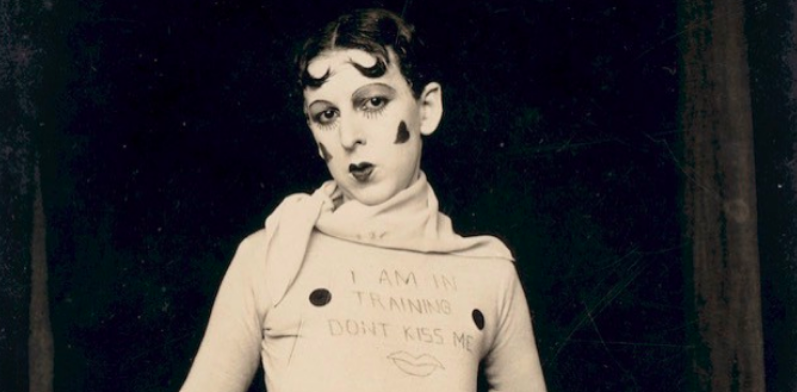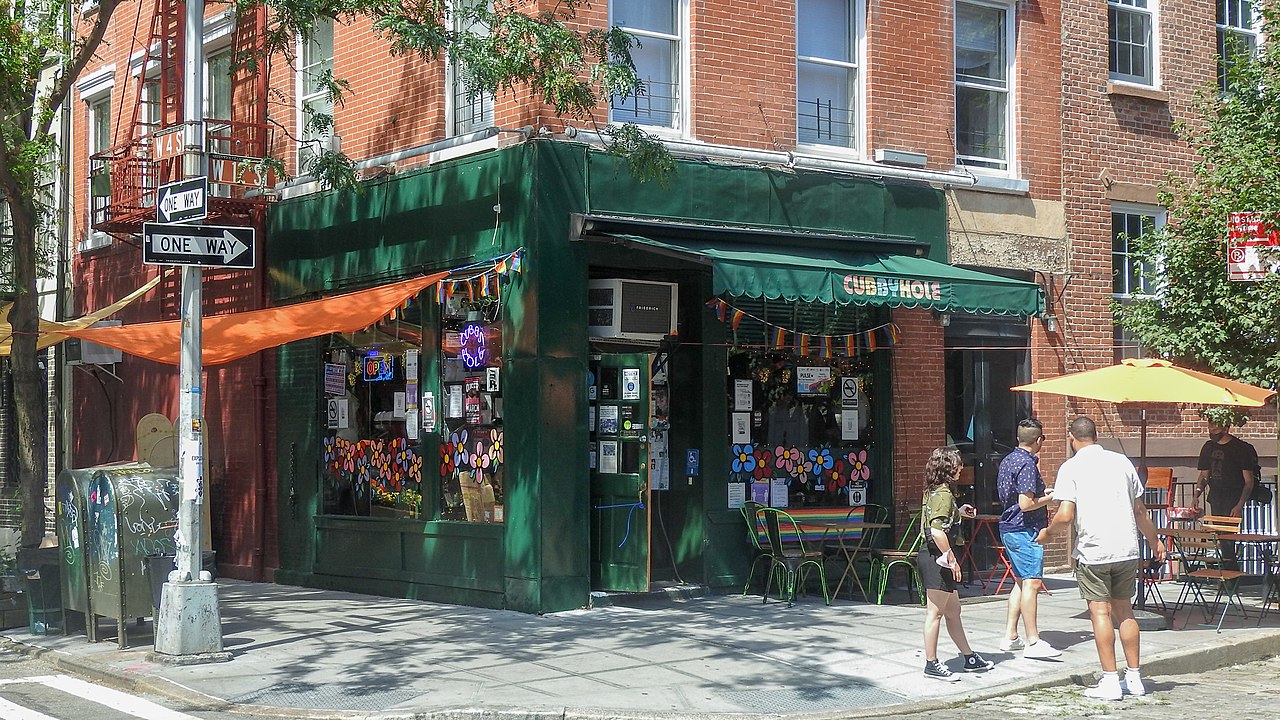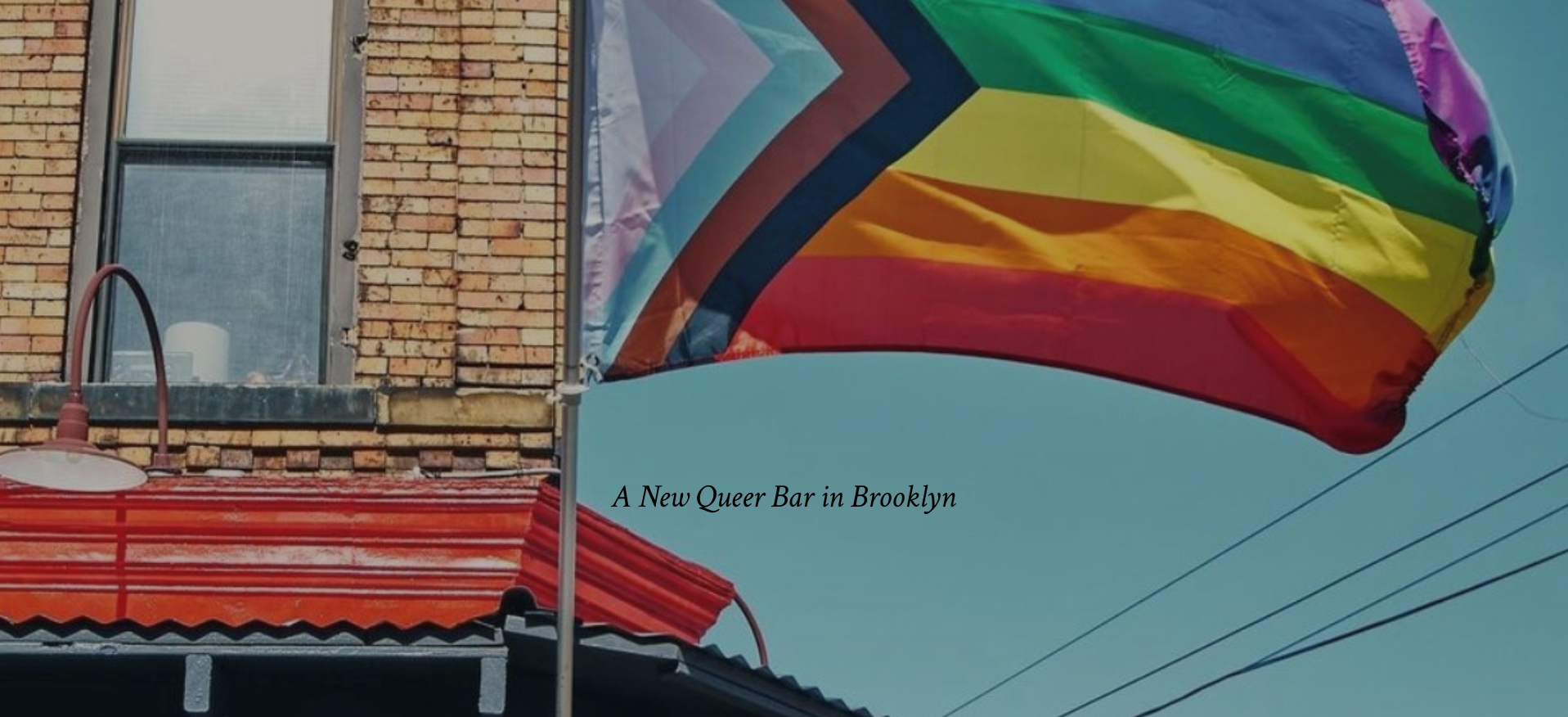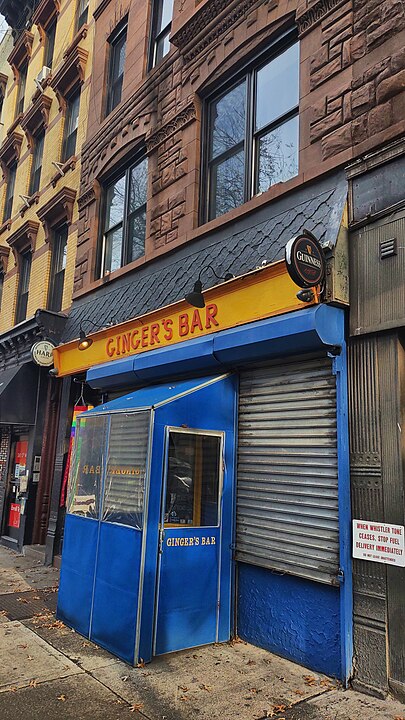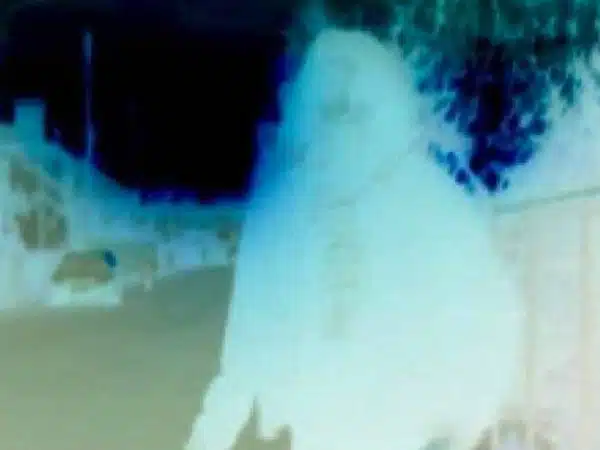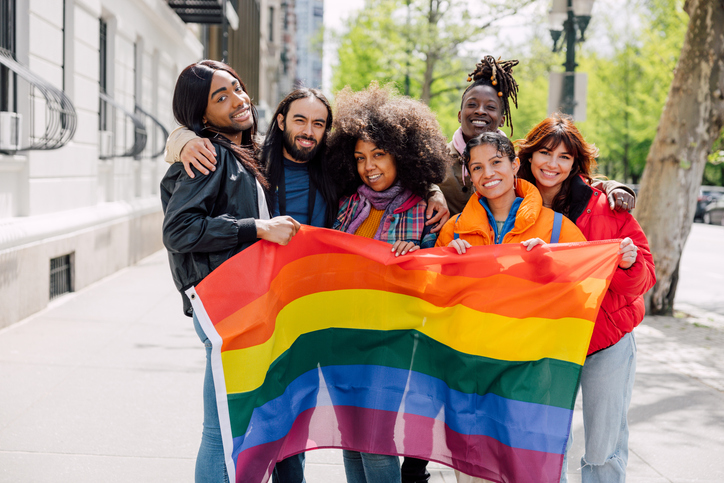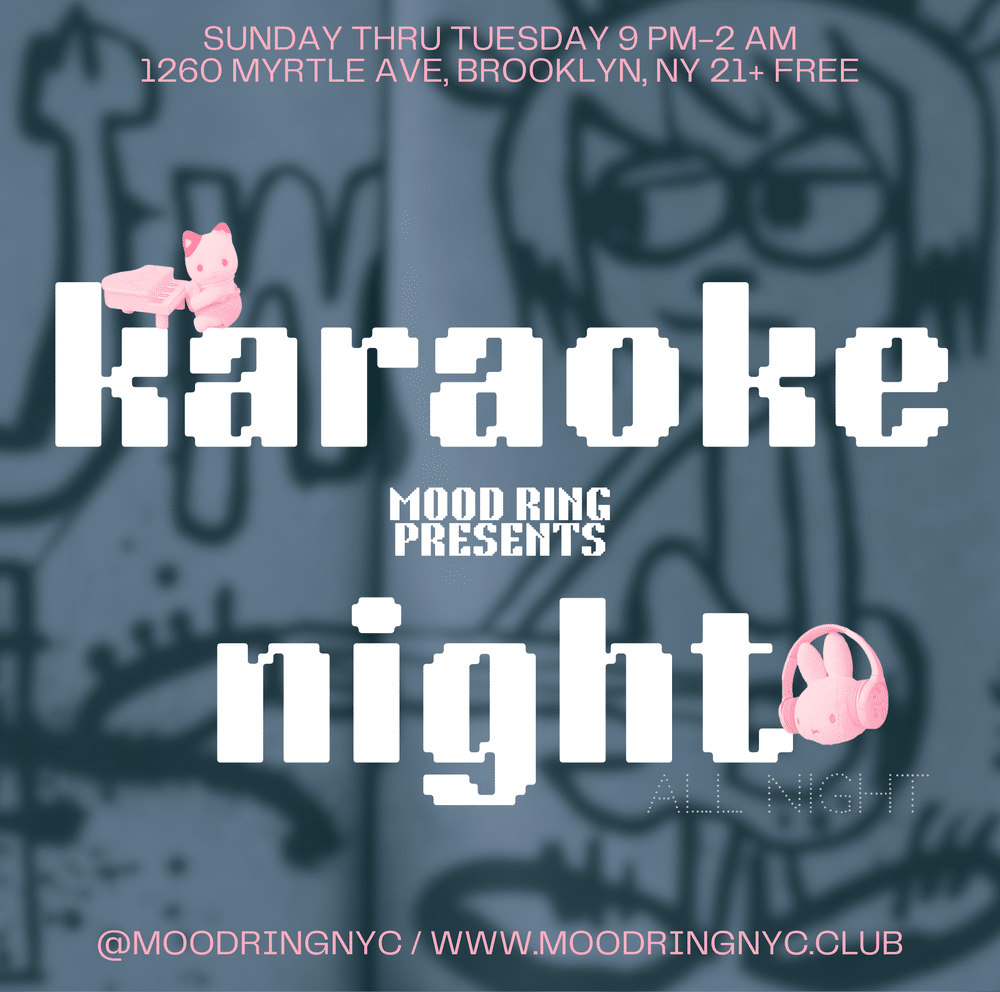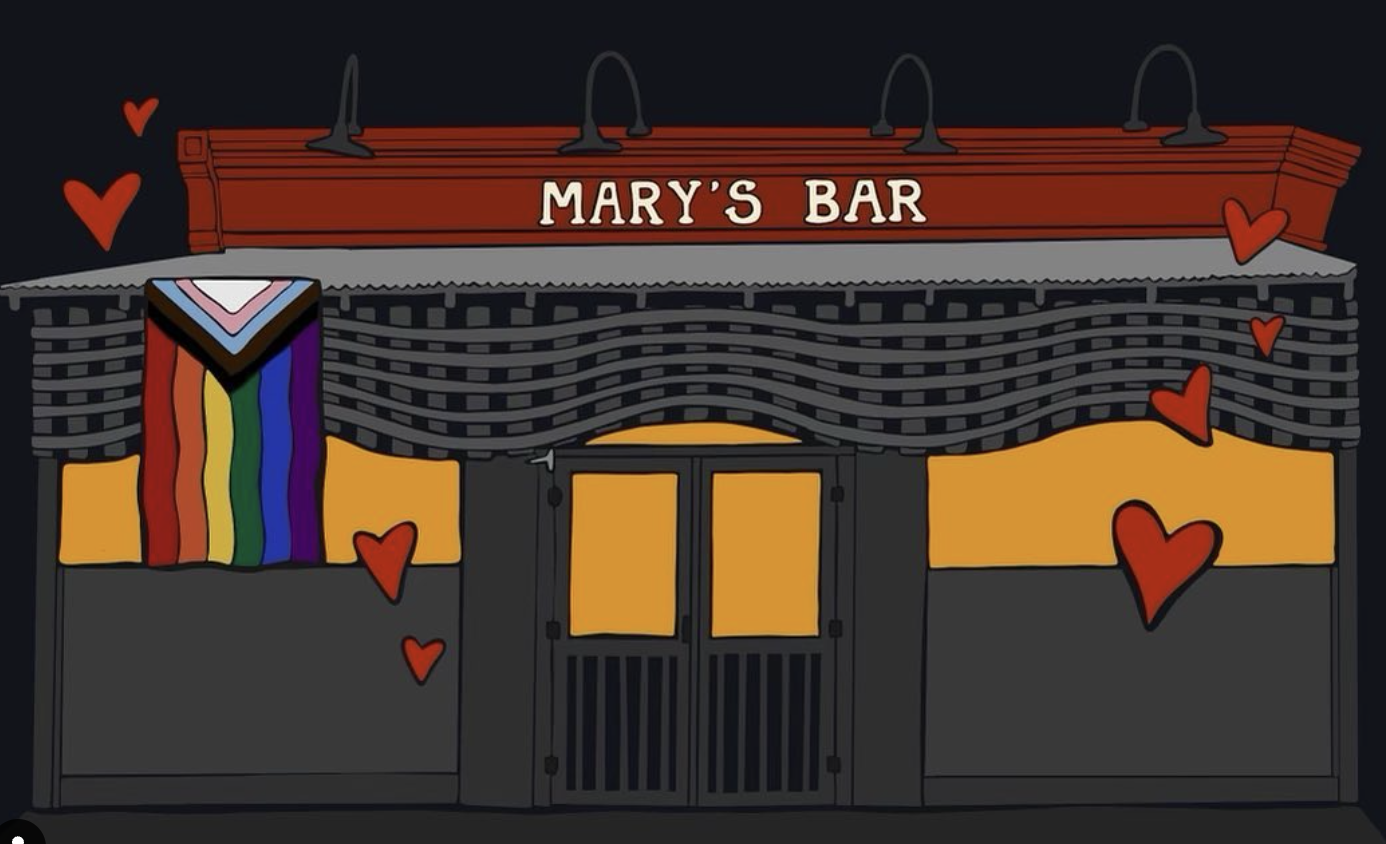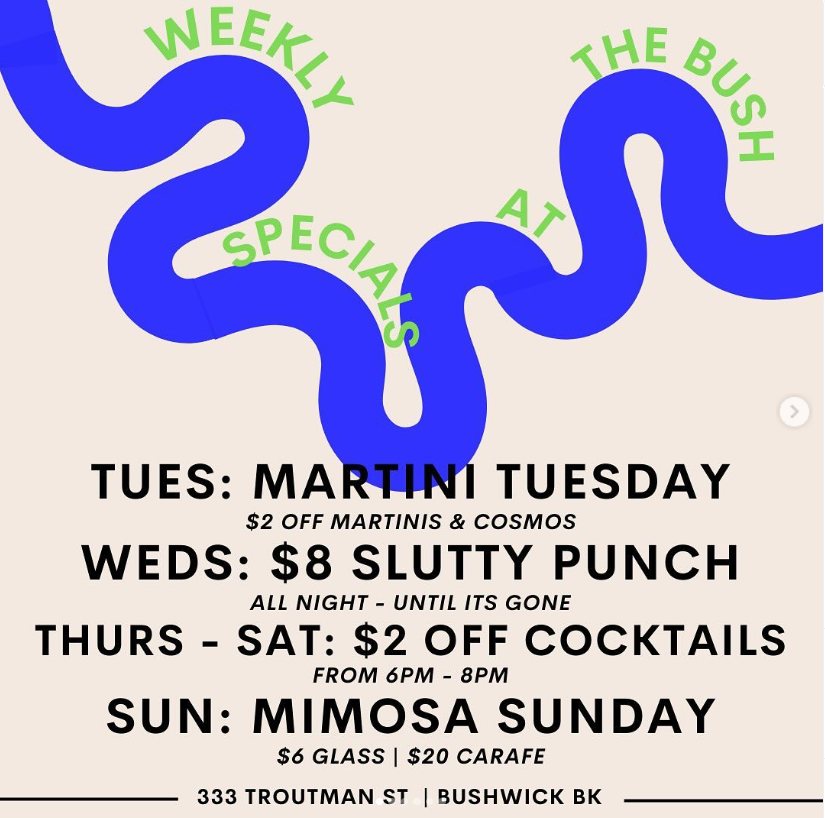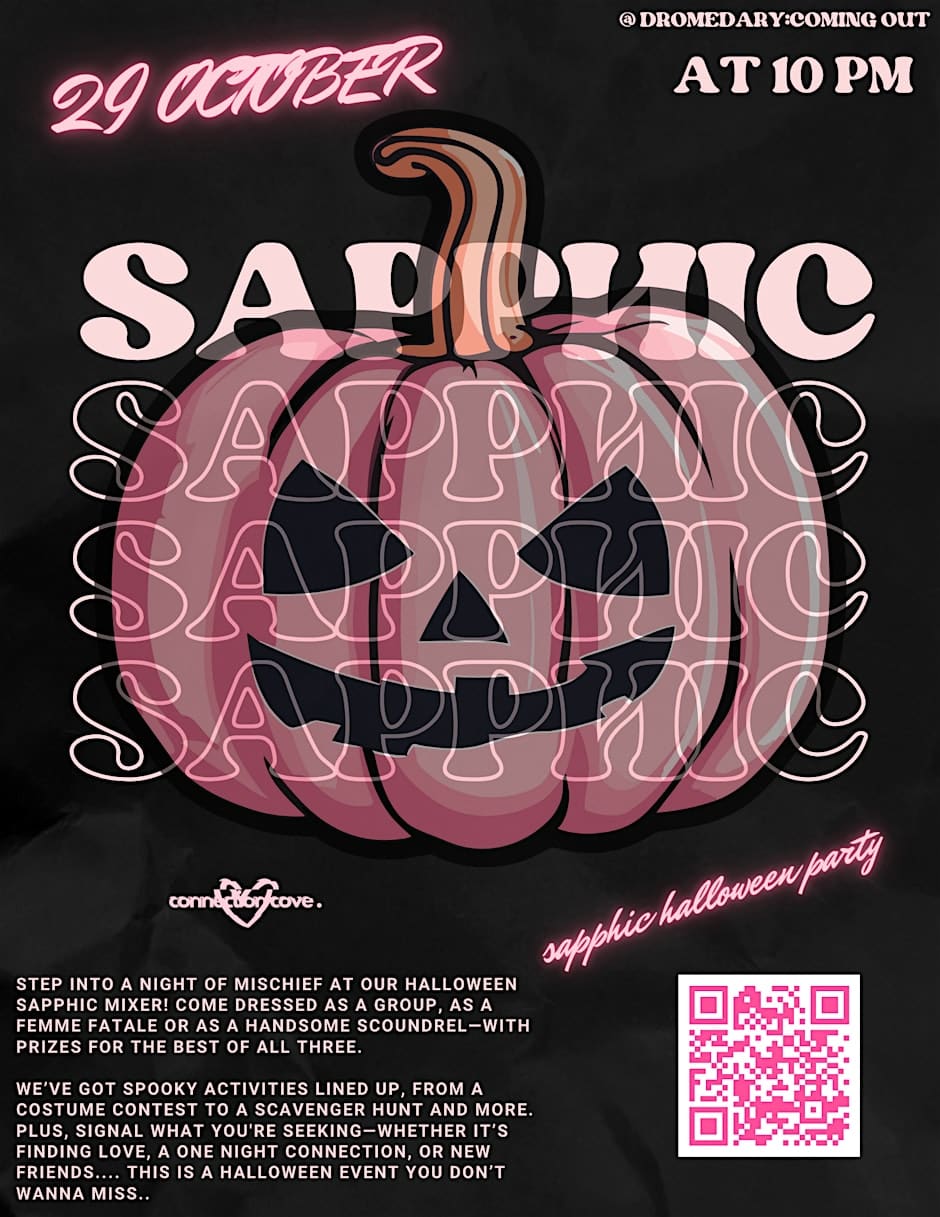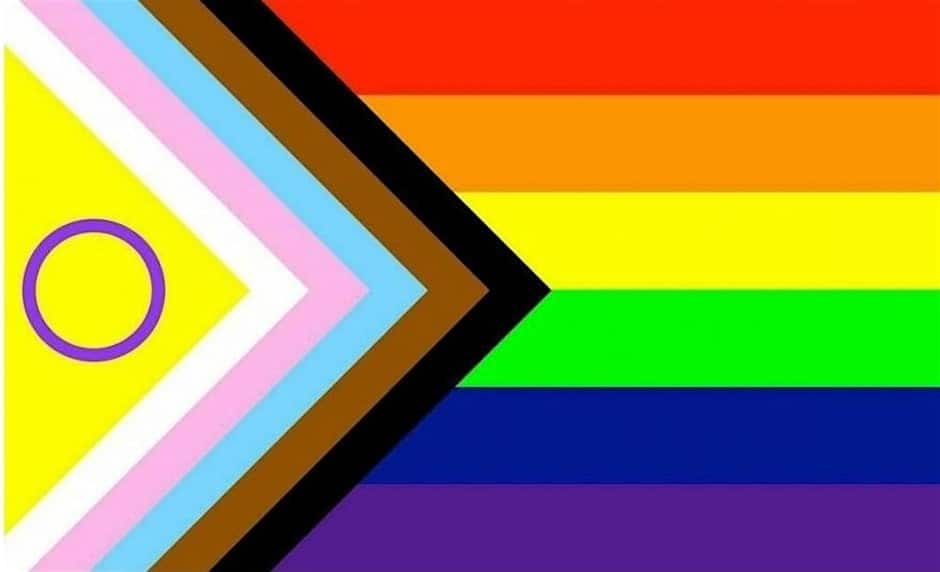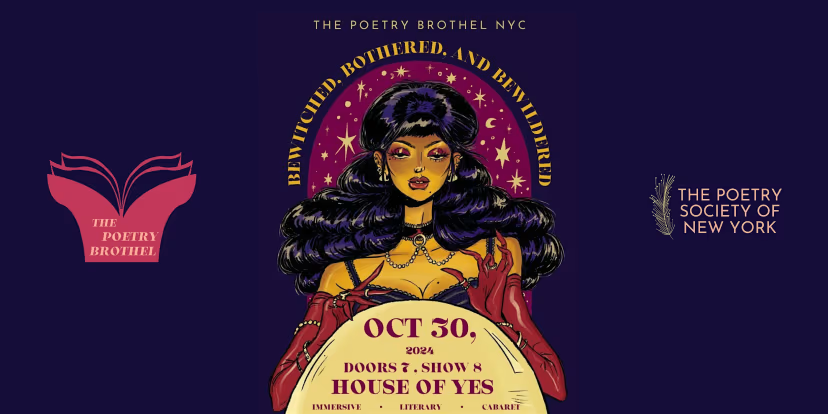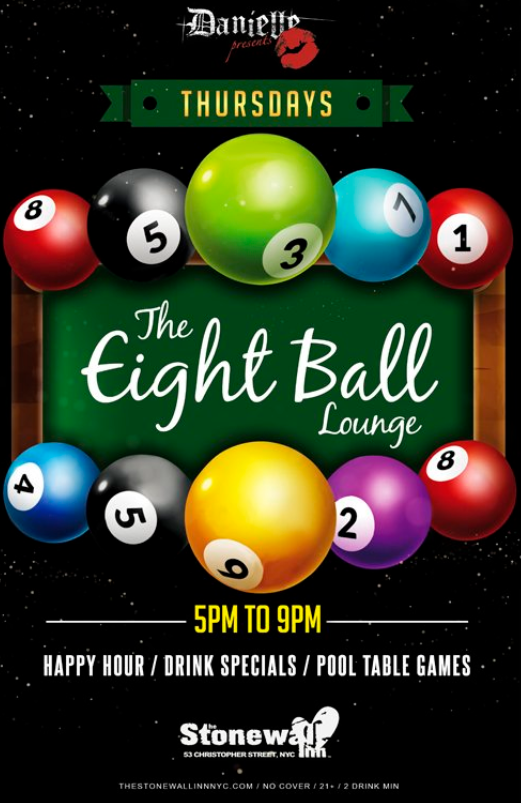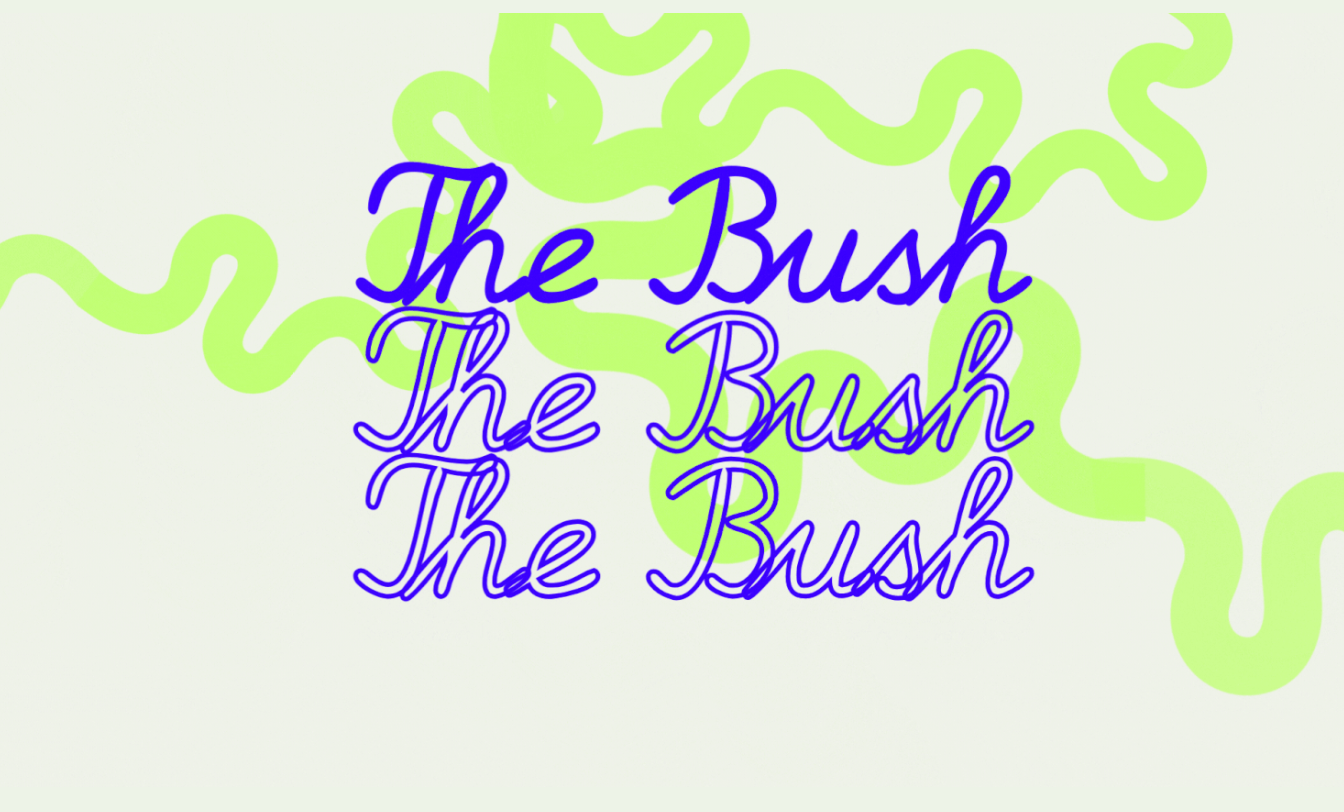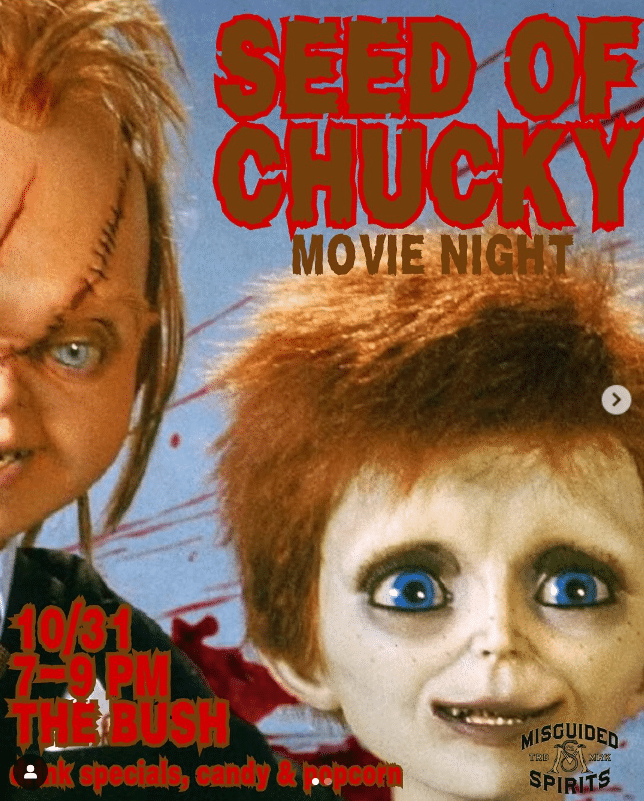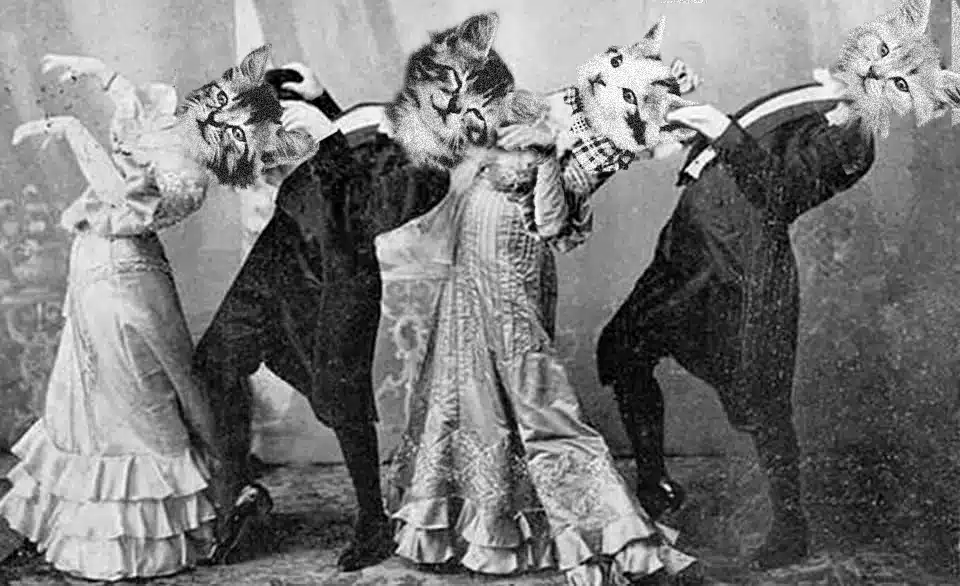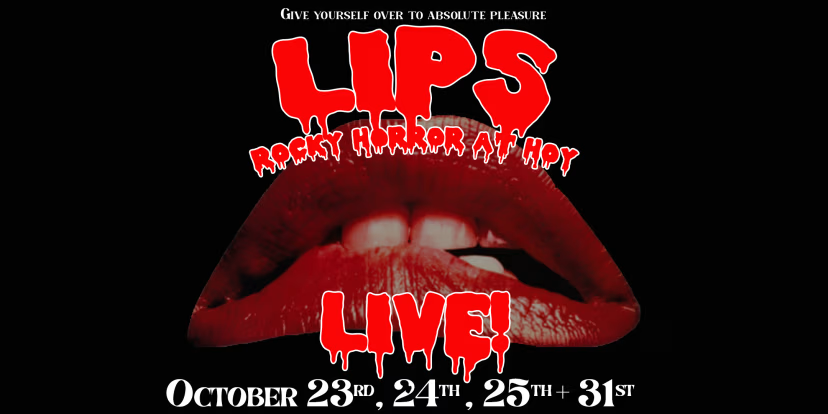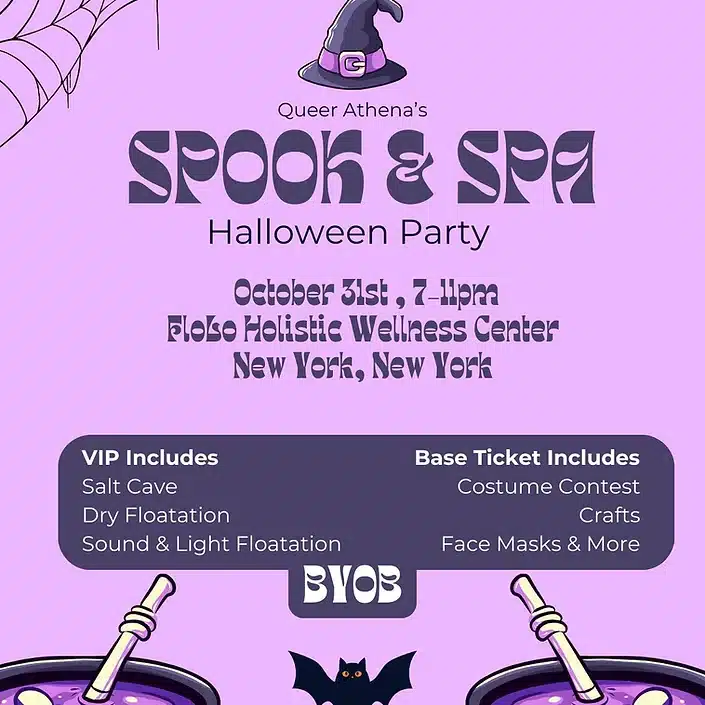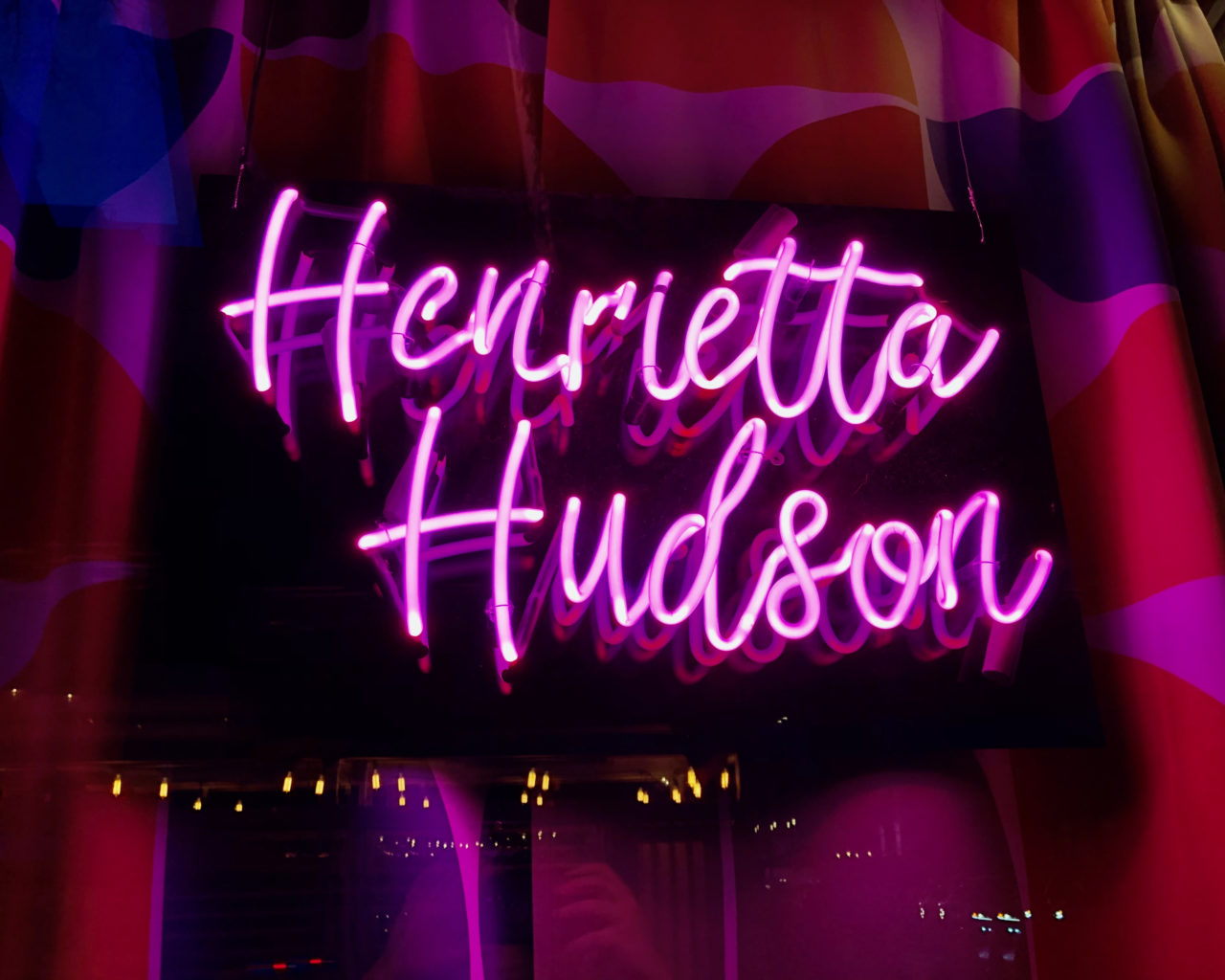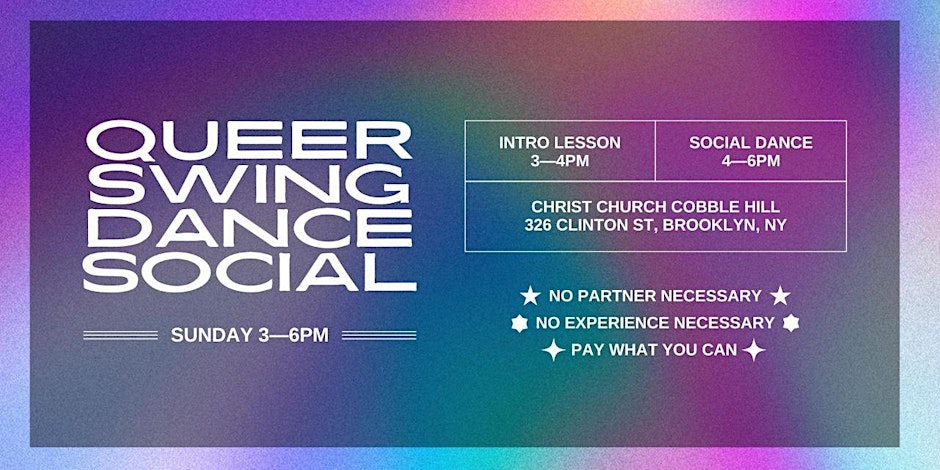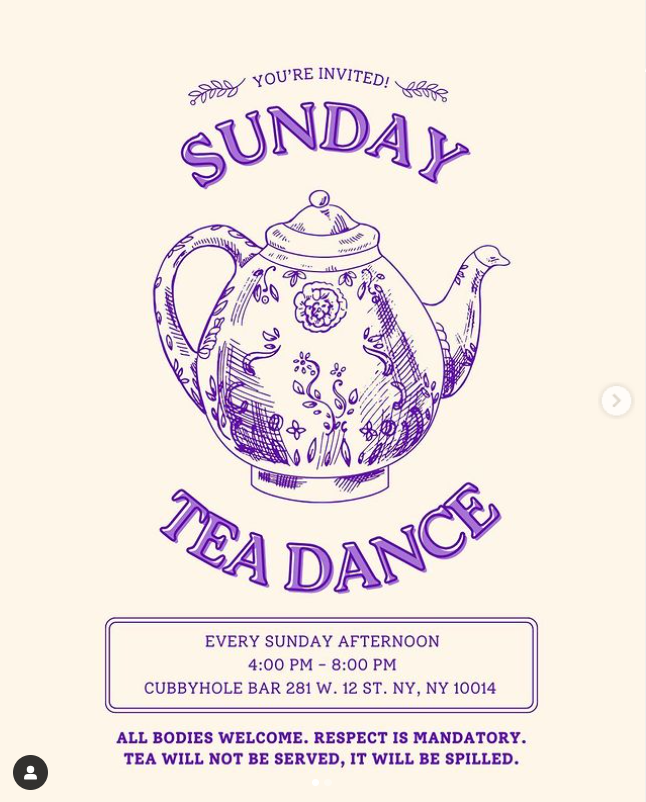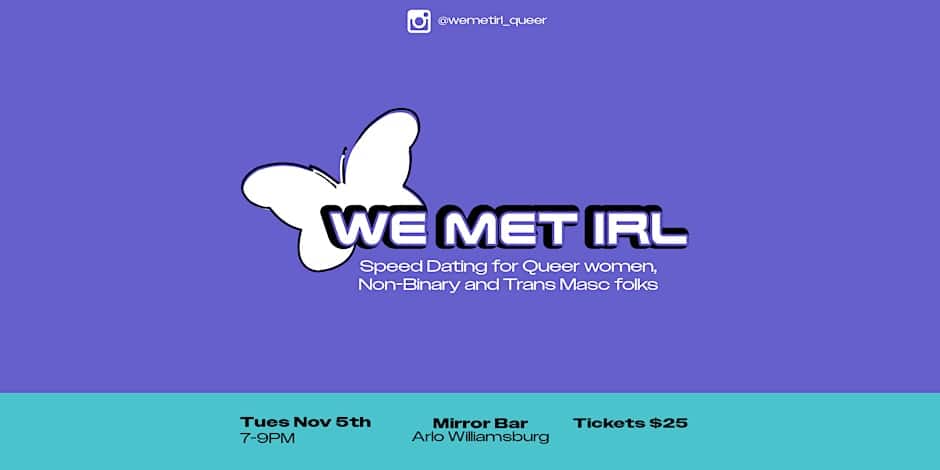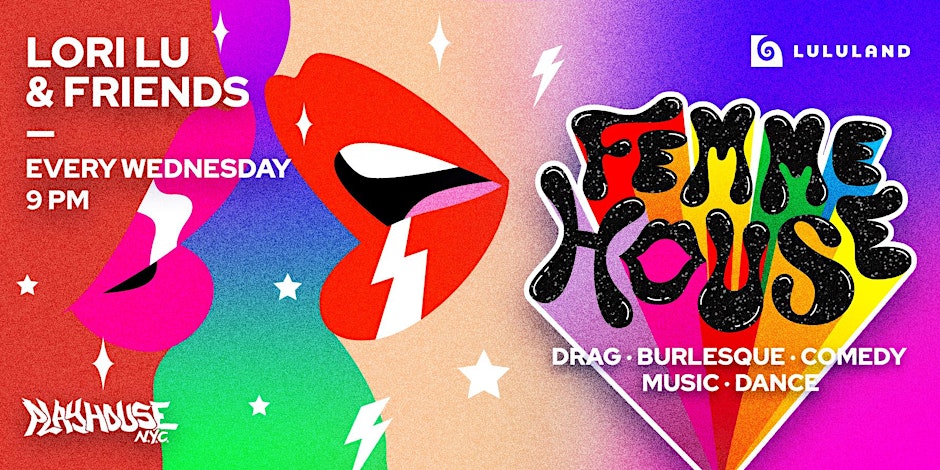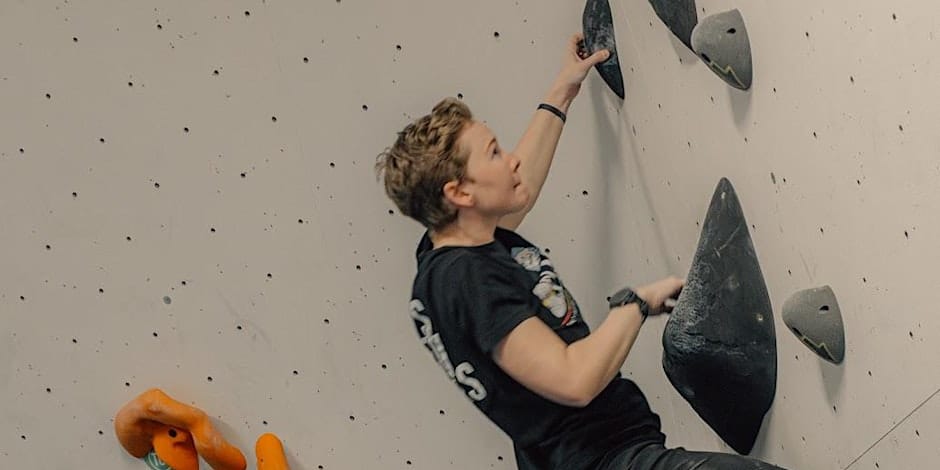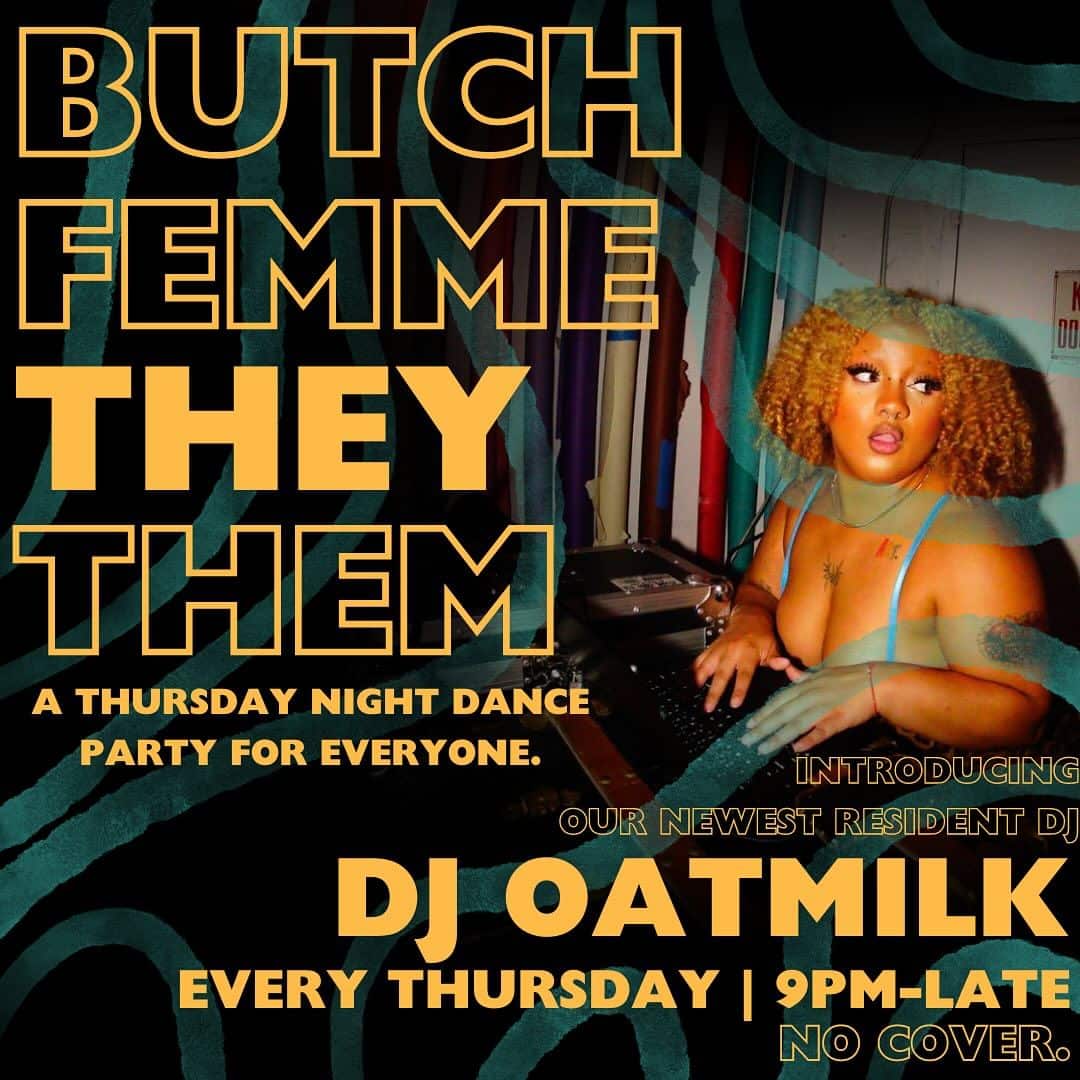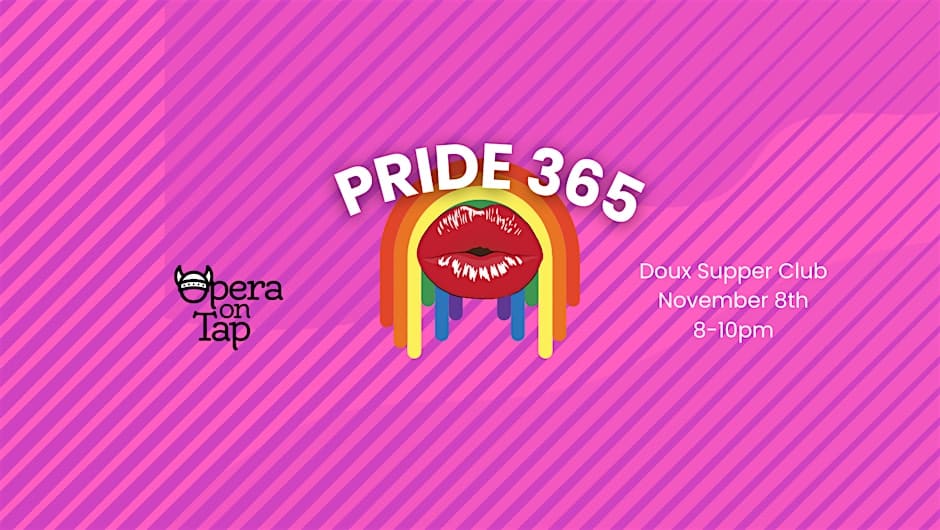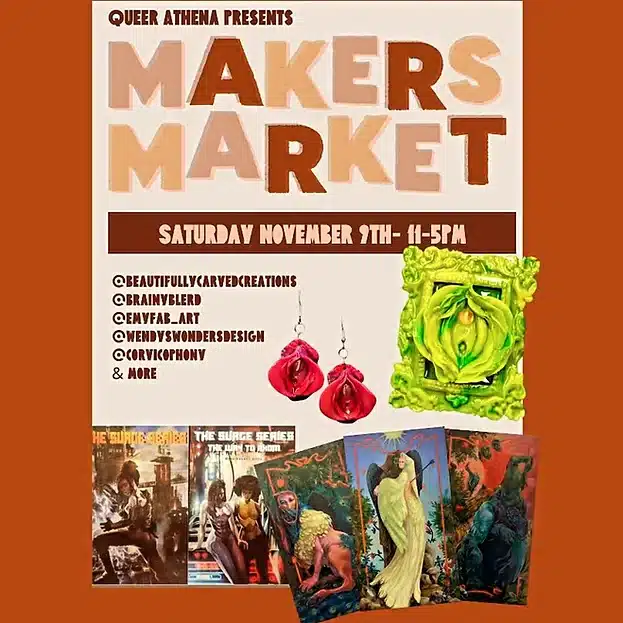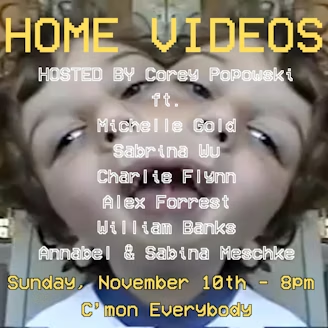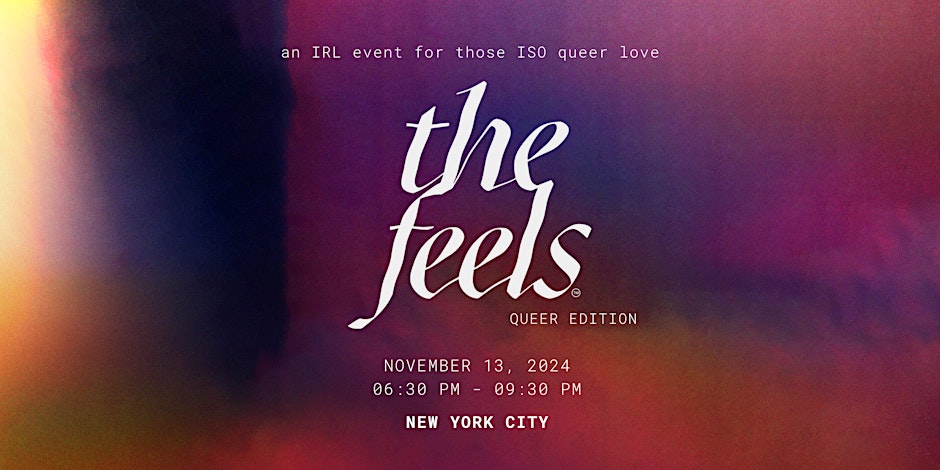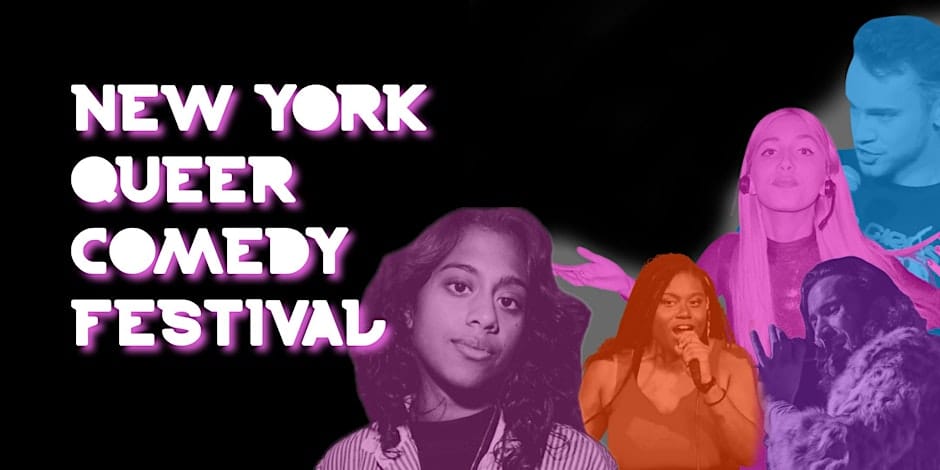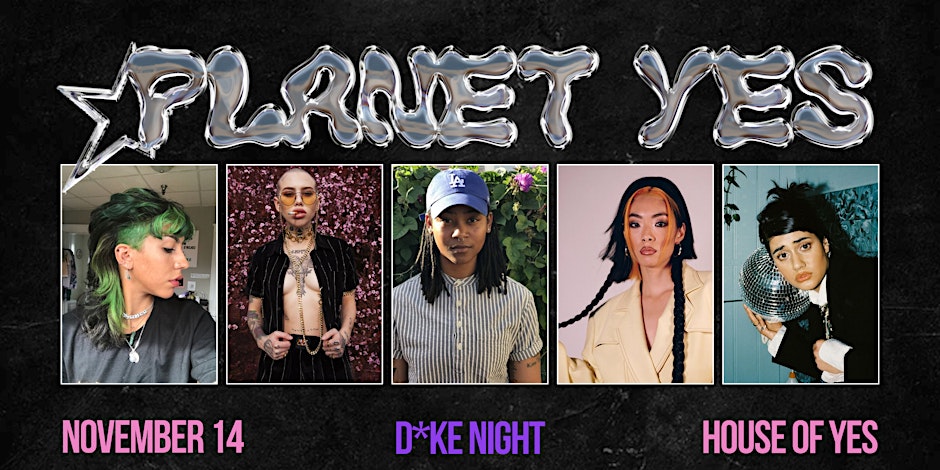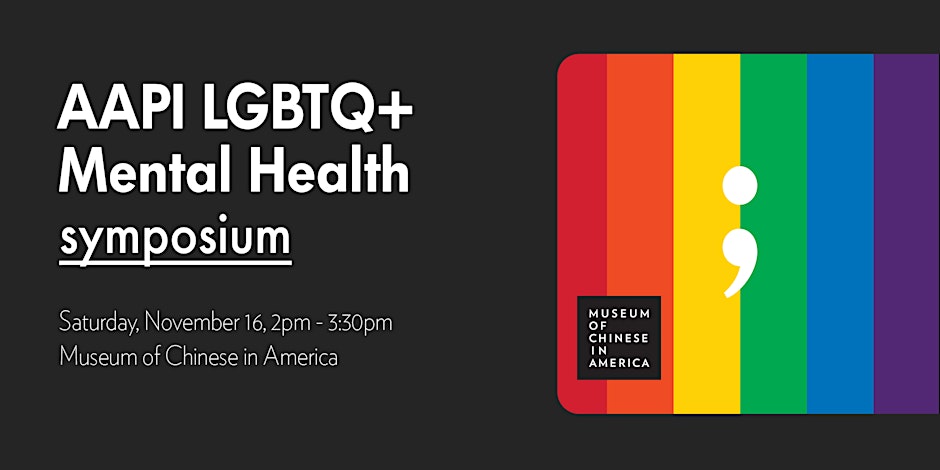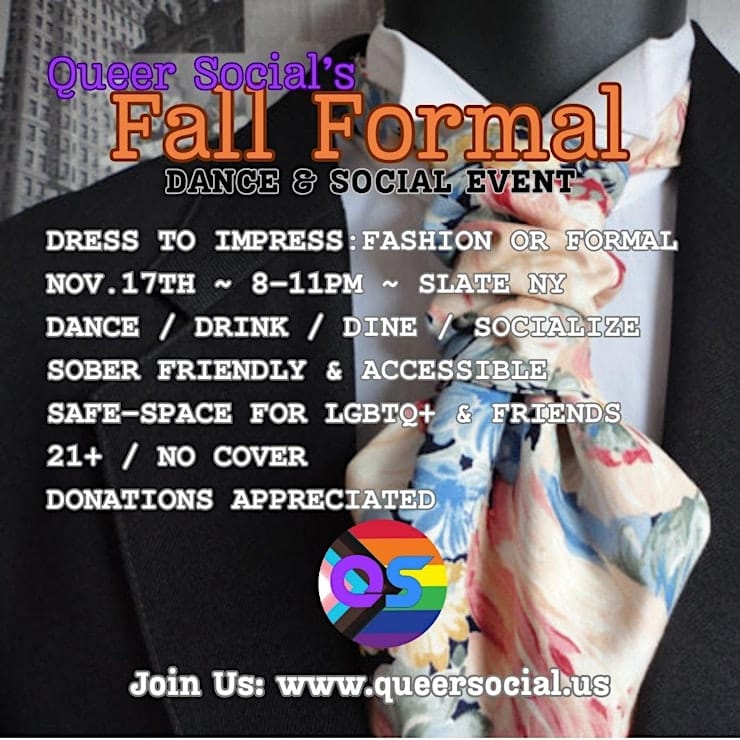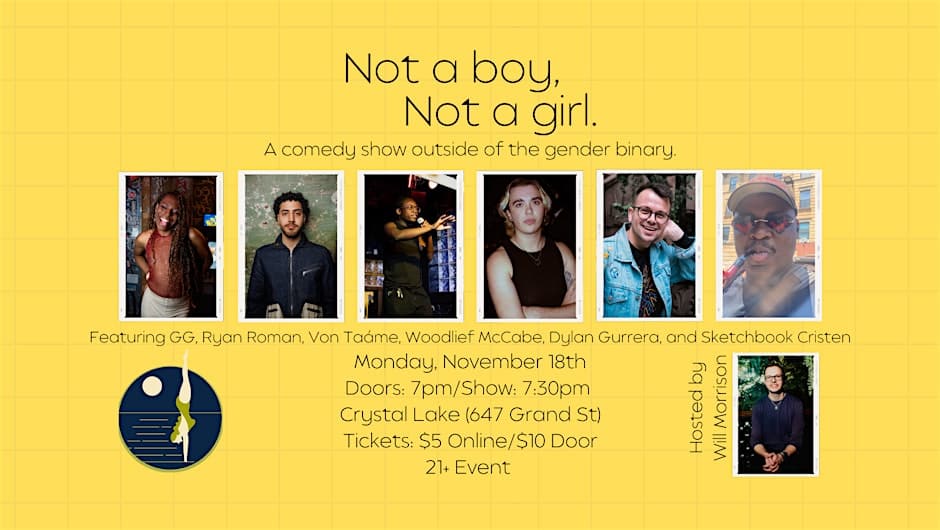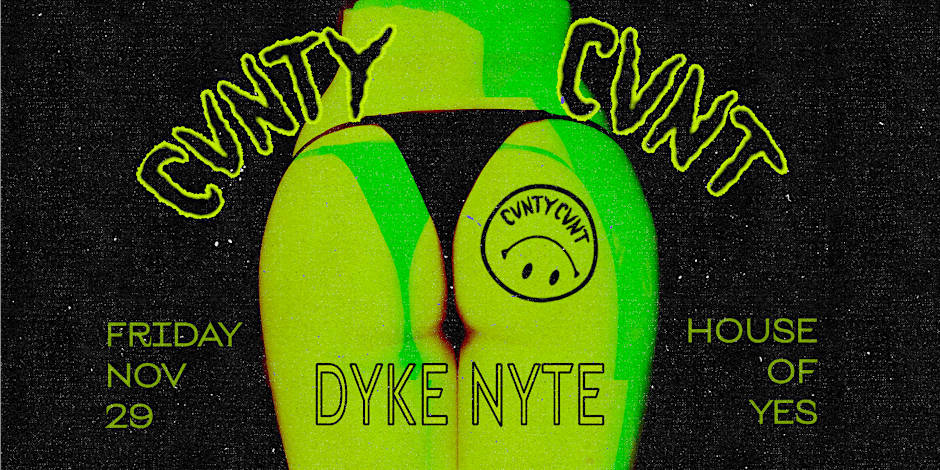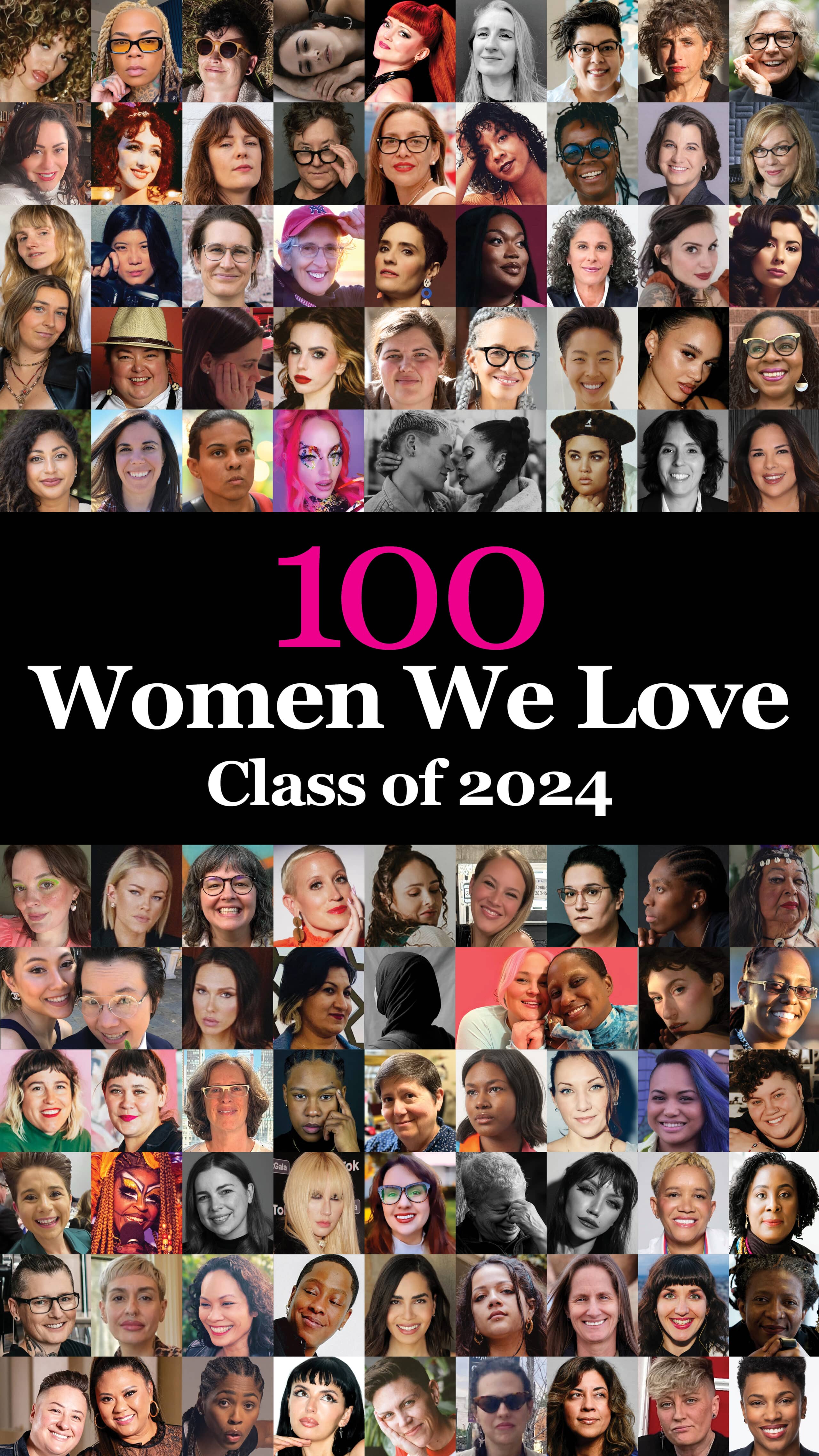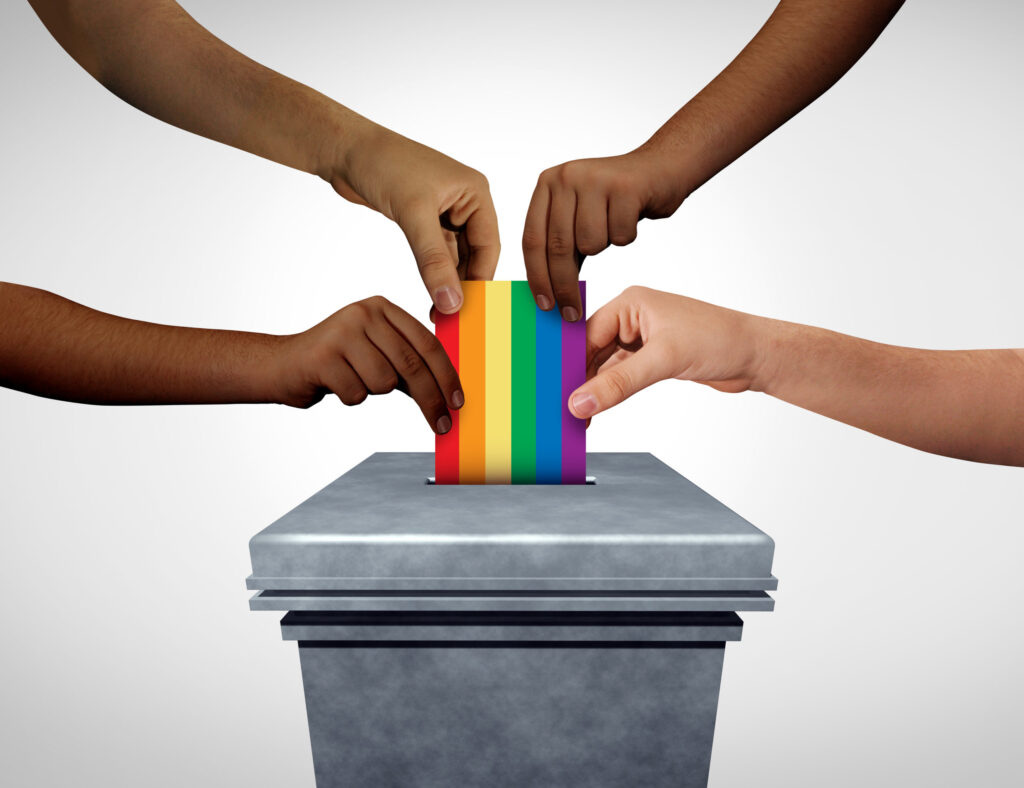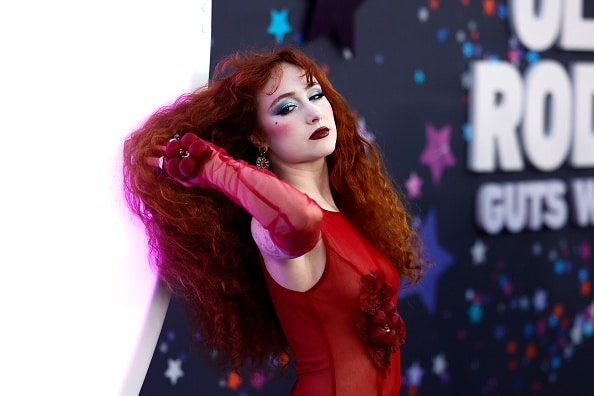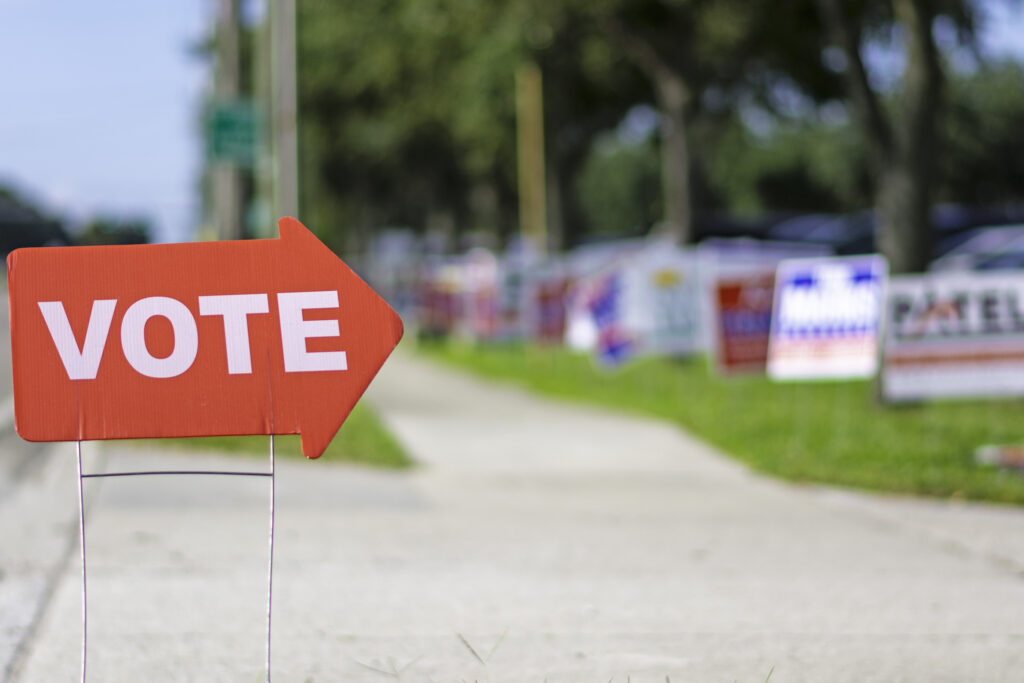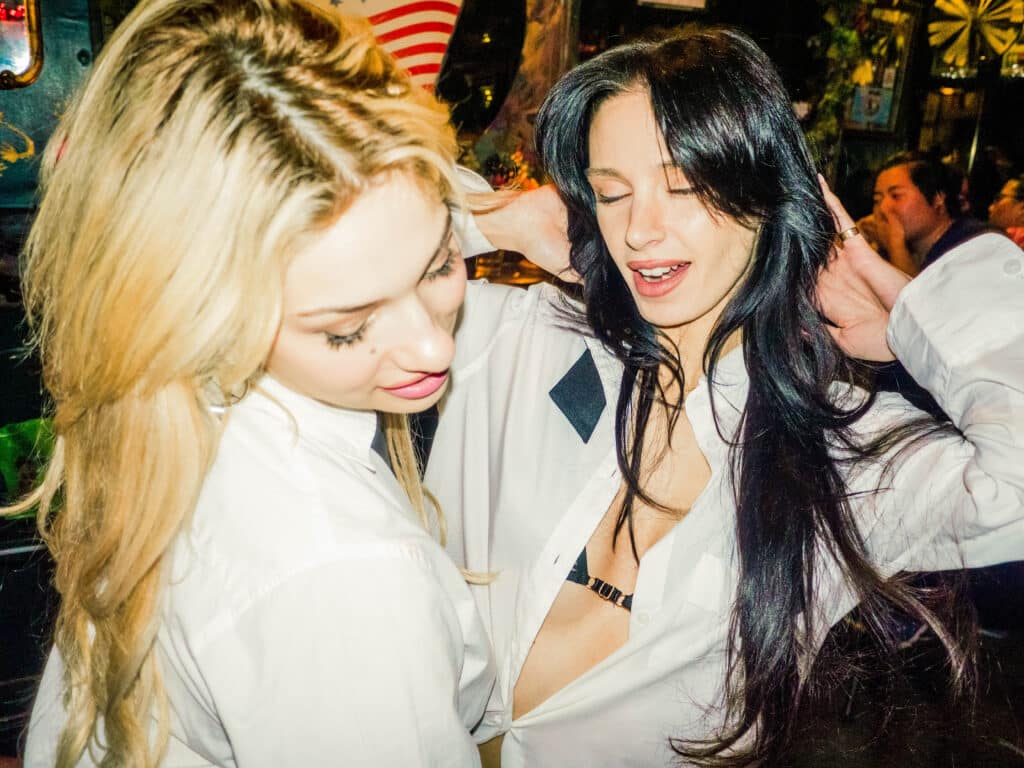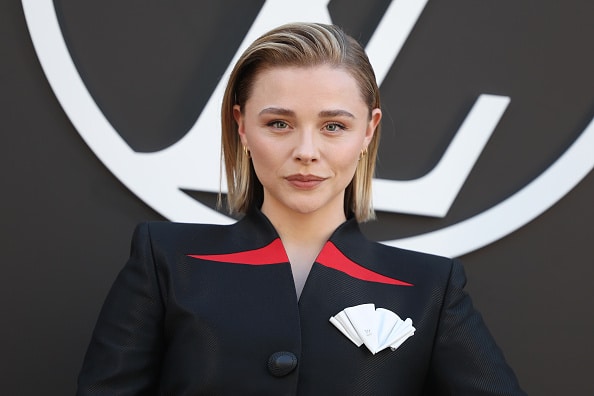I’ve always been in awe of original minds. Whether in art, literature, or music, lone voyagers reach beyond their time to expose the truth of the human condition and arouse us out of what is predictable and safe. Lone voyagers like Shakespeare, Beethoven and Caravaggio.
One of those inspired mavericks was the genderqueer photographer, Claude Cahun (pronounced ca-AH). I discovered Cahun by chance one weekend in Paris. I often sought an escape from my stressful work life in London by taking a fast train under the Channel to Paris. One of my favorite museums was the Galerie nationale du Jeu de Paume which happened to be hosting a Cahun retrospective during one of my trips.
Who was this Cahun? At the entrance, there was a photograph depicting two sides of a young woman’s face reflected in a mirror. She wore a checked shirt, the collar turned up, and had short, cropped hair and eyes that stared searchingly at the viewer, as if asking a question.
I lingered for hours, astonished that Cahun produced these gender-shattering images in the two decades following World War I – a time of queer phobia and home confinement of women in heterosexual marriages. It’s even difficult to find the word “lesbian” in books prior to 1930, since it was impossible to imagine a normal, respectable woman having such desires (hence the reason why unmarried women were just “spinsters”).
The exhibit chronicled the life of Claude Cahun, who was born as Lucy Renee Mathilde Schwob on October 25, 1894 in Nantes, France. The child Lucy Schwob was fortunate to have an artistic and scholarly family. She was the niece of the writer Marcel Schwob and the great-niece of Orientalist David Léon Cahun.
After experiencing anti-Semitism in Nantes, she was sent to a private school in England. In 1912, Schwob enrolled in the University of Paris, Sorbonne, to study medicine. That major didn’t last long. She soon made friends with young painters and anarchists, and became fascinated with photography, which was emerging as a fine art. While at the Sorbonne, she produced her first radical self-portraits.
Around the same time, Schwob experimented with names beyond the permitted choices for the female gender — first, “Claude Coulis” (an oblique reference to a wading bird, the curlew) and then “Daniel Douglas” (after Lord Alfred Douglas, the lover of the famous playwright, Oscar Wilde, who ended up in prison for his sexuality). At age 21, Schwob decided on a lifetime name, Claude Cahun, drawn from bits of her family tree.
There were no dictionaries to define Claude Cahun. Today we might say non-binary, genderqueer, agender, androgynous. Fifty years ago, perhaps “far out” or “cross dresser.” Cahun wrote, “Masculine? Feminine? It depends on the situation. Neuter is the only gender that always suits me.”
Around 1919, Cahun began a life-long love and artistic relationship with a stepsister, Suzanne Malherbe, who adopted the gender-neutral name of Marcel Moore. They moved to Paris and collaborated on many articles, books, and art works. At their home, they hosted salons for the leading avant-garde, leftist writers and artists of their day. A mind-bending couple to be sure!
In the 1920’s and 30’s, Paris became the hotbed of artistic movements, including one called surrealism, whose aim was to turn human experience on its head. It asserted the power of the unconscious and dreams. After the bloodbath of WWI, rational society had a lot to answer for, and young artists wanted nothing to do with realism and academic styles of painting.
Surrealist artists reveled in the magical, strange beauty of the unexpected, the uncanny, the disregarded, the forbidden, and the unconventional. Notable European surrealist painters included Giorgio de Chirico, Jean Arp, Max Ernst, René Magritte, Yves Tanguy, Salvador Dalí, and Joan Miró.
Claude Cahun found her spiritual home in surrealism, becoming one of the most important surrealist photographers, along with Lee Miller, Dora Maar, and Man Ray. In self-portraits, Cahun’s face and body were transformed into the semblance of a man, then a woman, or an individual of fluid gender or multiple personas. These fictional and autobiographical self-portraits showed Cahun in various guises: as an aviator, dandy, doll, body builder, vamp, vampire, angel, and puppet, sometimes with a shaved head. Cahun once said “Under this mask, another mask. I will never be finished removing all these faces.”
Like other surrealists, she experimented with the physically impossible or the absurd. One portrait showed her face crammed into a wine bottle, another sleeping in a chest of drawers. Beginning in 1925, Cahun’s photomontages included assemblages of objects, yet they’re not the traditional still life. Like the portraits, these were whimsical scenes of oddities in a bell jar, surrogates of Cahun as “the other.”
Along with art, Cahun and Moore wrote monologues, film scripts, essays, novels, and poetry in the 1920’s and 30’s that challenged gender roles and attacked social barriers. But the wild life in Paris radically changed with the rise of Nazi Germany and the occupation of France in 1940. Three years before, the couple had purchased a house in Saint Brelade, on the island of Jersey off the Normandy coast of France. They both became active as resistance fighters and propagandists when the Germans occupied the Channel Islands including Jersey. Fervently against war and fascism, the two produced anti-Nazi fliers and left them in public areas at great risk to themselves, as they were both Jews. In 1944, they were arrested and sentenced to death; for some reason, which we will never know, the sentences were never carried out.
However, Cahun’s health never recovered from her treatment in jail, and she died in 1954. Malherbe and Cahun are buried side by side at the local Jersey church. Paris honored the couple by renaming a street sign on the Left Bank, “allée Claude-Cahun-Marcel-Moore,” in honor of their art and resistance work.
Cahun’s work left a huge impression on future modernist photographers, especially in self-portraiture. Today, her images are part of the collections of many great museums. Christian Dior created an androgynous collection in 2018 inspired by Cahun. Books and movies have featured the couple. The most fitting tribute came from the pop artist, David Bowie, who admired Cahun. Bowie’s Ziggy Stardust owes much to Cahun’s own tough, revolutionary examination of gender and sexuality.
Claude Cahun’s oeuvres are still relevant, even though produced about a century before. In photographic images, Cahun depicted the fluidity of gender identity without the aid of language. Historical language was constrained because anything other than birth gender and heterosexuality was forbidden, criminal, immoral, or considered to be a form of mental illness (or all of the foregoing). When I was growing up, there were mostly pejorative words to explain how you felt even to yourself. In public, you couldn’t affirm your gender identity openly and had to carry on clandestinely with other sexual outlaws.
It’s only been a few short decades since the vocabulary of common words came to more fully describe the subtlety and variability of gender, sexual desire and emotional attachment. Cahun’s works remind us of the power of an individual who refuses to be categorized, who expresses truth through art.


